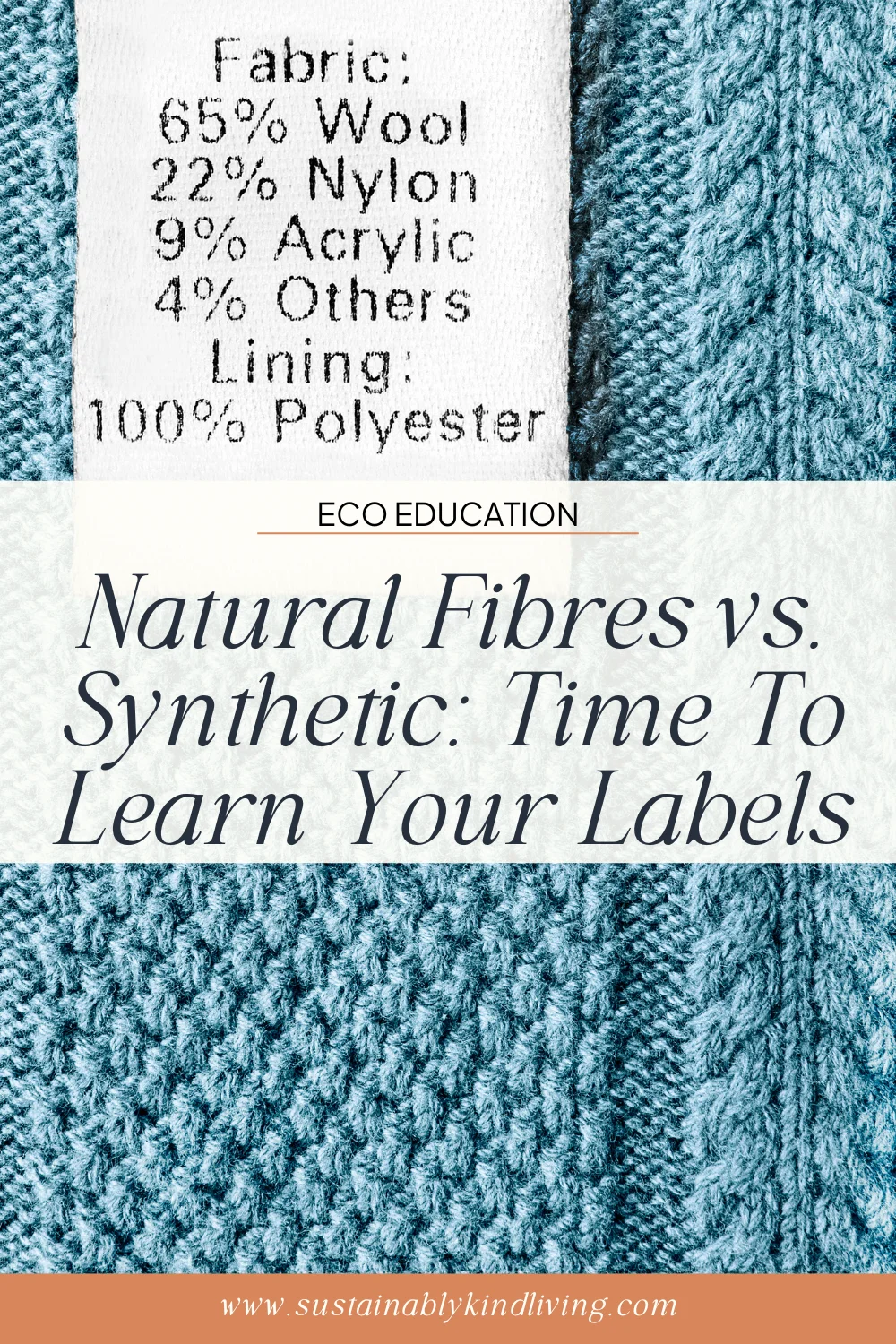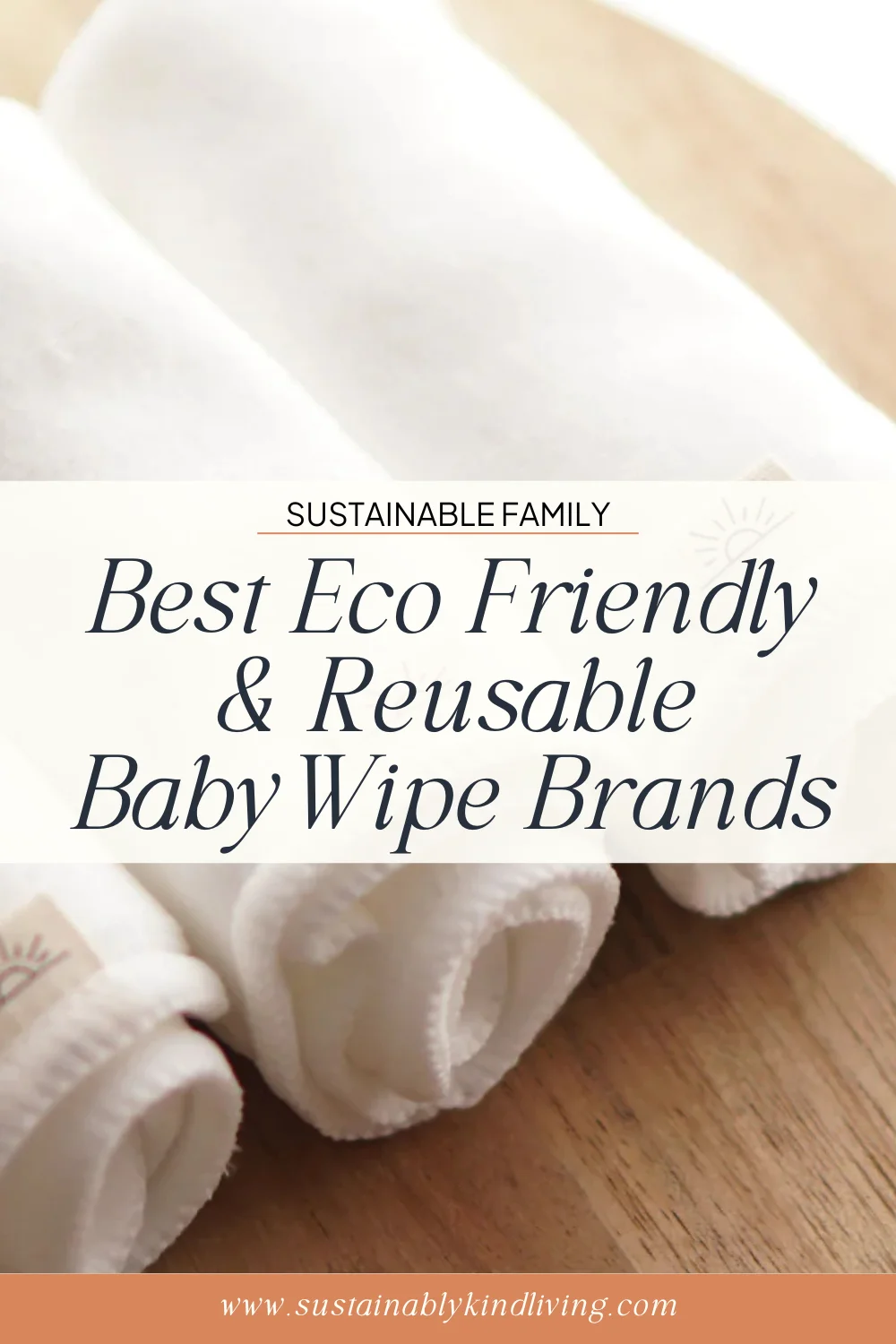SKL is reader supported. When you buy through links on our site, we may earn affiliate commission. Learn more here.
Updated: 02/08/2024
How often do you check to see what materials your clothes are made of? Most of us don’t pay much attention to this detail, but what if we told you that doing so could help you become much more sustainable?
There are two main categories of fabrics you’ll encounter fall into – natural fibres and synthetic fabrics.
Then, there’s also a small in-between zone of synthetic fabrics made from natural materials, which combine qualities of the two.
This post is all about natural vs synthetic fibres.
Natural Fibres vs Synthetic
The Natural Fibres
Natural fibres include cotton, hemp, wool, linen and any other fabrics that come from plants or animals.
Not all are equal in sustainability (for example, wool and any other woven animal-based materials have a much higher carbon footprint) but all share some common attributes related to sustainability.

Firstly, as all of them come from natural sources, they are fully biodegradable and leave nothing behind (except, perhaps, dyes that may have been used in the production process).
The fabric itself releases nothing into the environment that would be in any way polluting or dangerous but there can be some environmental damage associated with the production process (often due to the use of aggressive chemical dyes or fertilizers), which is why it’s best to always buy any of these organic.
However, all things considered, they generally tend to be significantly more sustainable than their synthetic counterparts.
Synthetic Fabrics
Synthetic fabrics, on the other hand, are derived from crude oil and, in their composition, are plastic.
Polyester, nylon, acrylic and other synthetics are all composed of plastic yarn woven into fabric. One advantage of synthetic fabric production is the lack of need for labor within the cultivation of raw materials, also eliminating many ethical issues associated with it – but is that enough to make up for the environmental damage?
Once you’re done using a synthetic garment, it won’t naturally decompose as natural fibres will.
Instead, it will keep polluting the earth for hundreds of years to come. However, the end of its lifecycle is not the only environmental issue.
Synthetic fabrics pollute our planet anytime they are washed, as they release microscopic plastic fibres into the water stream, which cannot be filtered out at wastewater treatment plants.
These microplastics, therefore, become a part of our water cycle and endanger aquatic life around the world. That’s certainly not worth the lower price tag of synthetic garments if you ask us.

The In-Between
However, there is an in-between zone with some fabrics made through a process of synthesis but based on natural materials instead of crude oil.
These fabrics, such as lyocell (Tencel), modal or most bamboo do not shed microplastics and biodegrade after disposal, while still offering the stretchiness and softness often associated with synthetic fabrics.
This post was all about natural vs synthetic fibres.
Which fabrics are prevalent in your closet? You might perhaps be surprised at how many synthetic pieces you own, once you look at all of your clothing’s labels.
However, it’s important to remember that getting rid of any unsustainable pieces in your wardrobe won’t do much good – you may as well get some more use of them if they’re already a part of your closet!
If you enjoyed this article on Natural vs Synthetic Fibres, check out these other articles below!








+ show Comments
- Hide Comments
add a comment